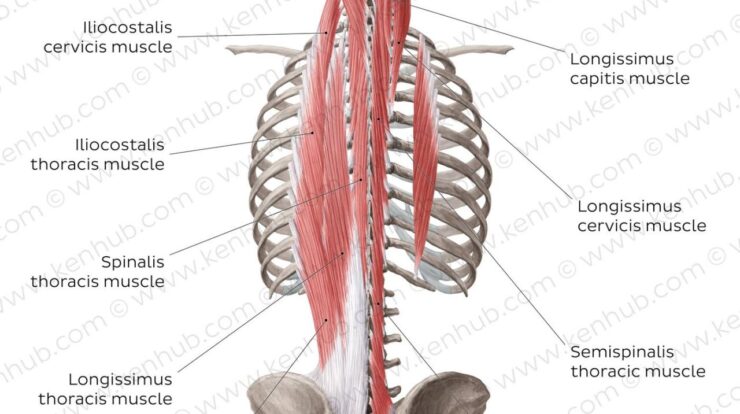
Delving into the realm of back muscles, this comprehensive guide empowers you with an in-depth understanding of their anatomy, strengthening exercises, common injuries, and their pivotal role in posture and movement. Join us as we unravel the secrets to a stronger, healthier back.
From targeted exercises to effective stretches, this guide equips you with the knowledge and tools to achieve your back muscle goals. Discover the secrets to building a resilient back, improving posture, and preventing injuries.
Anatomy of the Back Muscles
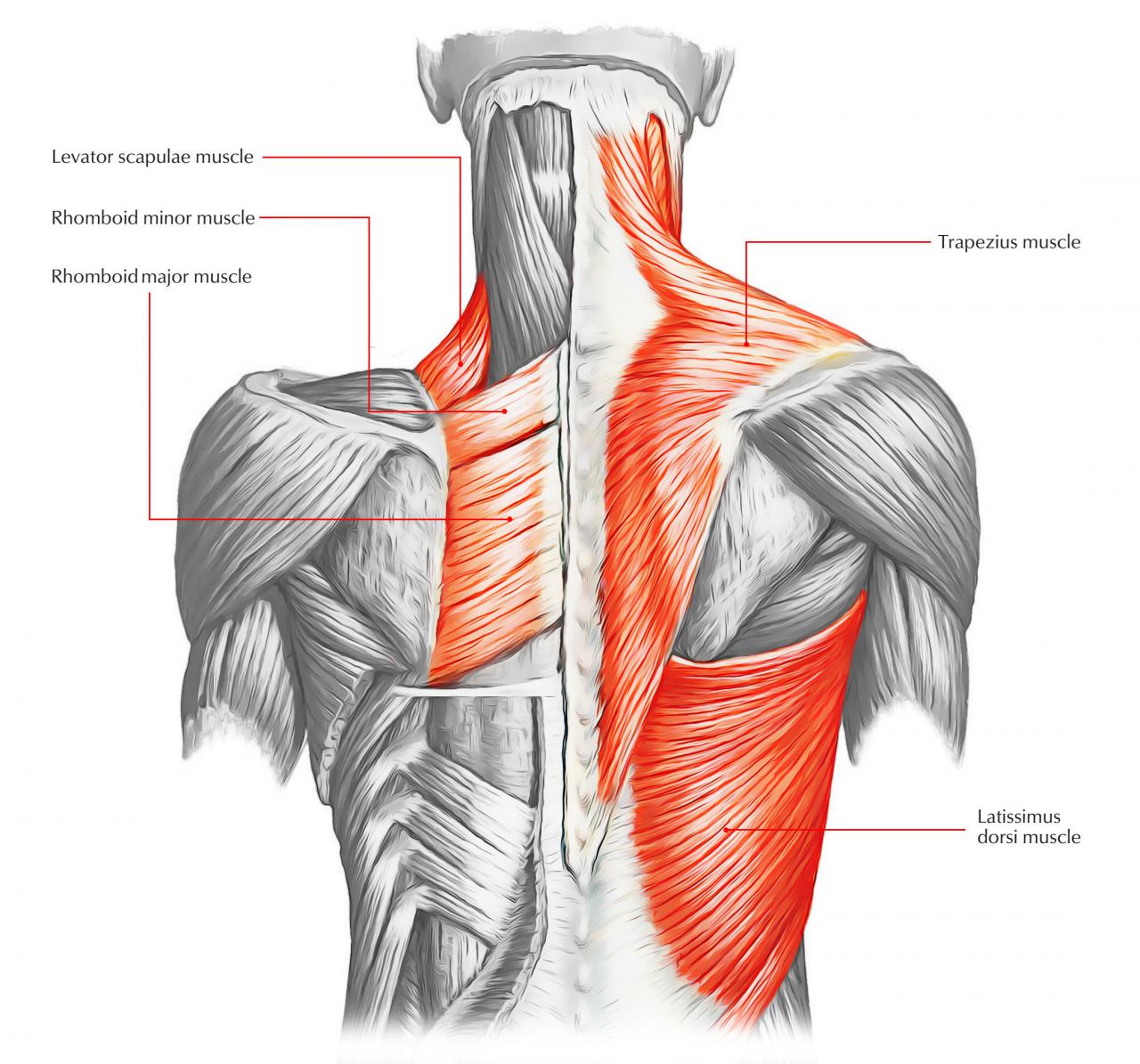
The back muscles, also known as the dorsal muscles, are a complex group of muscles that support the spine, facilitate movement, and protect vital organs. They can be broadly classified into two main groups: the superficial back muscles and the deep back muscles.
The superficial back muscles lie just beneath the skin and include the trapezius, latissimus dorsi, and rhomboids. These muscles are responsible for movements such as shoulder adduction, abduction, and rotation, as well as scapular elevation and retraction.
The deep back muscles lie beneath the superficial muscles and include the erector spinae, multifidus, and rotatores. These muscles work together to extend, rotate, and laterally flex the spine, providing stability and support during various activities.
A viral photo of a michigan grocery store sign woman reddit has sparked debate online, raising questions about gender stereotypes and body positivity.
Major Muscle Groups of the Back
- Trapezius:A large, triangular muscle that extends from the base of the skull to the middle of the back. It assists in shoulder movements and supports the neck.
- Latissimus dorsi:A broad, flat muscle that originates from the lower back and inserts onto the humerus. It plays a key role in adducting and extending the arm.
- Rhomboids:A pair of muscles located between the shoulder blades. They retract and elevate the scapula.
- Erector spinae:A group of three muscles that run along the length of the spine. They extend the spine and maintain posture.
- Multifidus:A deep muscle that runs along the spine. It assists in stabilizing and rotating the spine.
- Rotatores:A group of small muscles that rotate the spine.
Innervation of the Back Muscles
The back muscles are innervated by several nerves, including the dorsal rami of the spinal nerves, the phrenic nerve, and the long thoracic nerve. These nerves provide motor and sensory innervation to the muscles, enabling them to contract and respond to stimuli.
Exercises for Strengthening Back Muscles
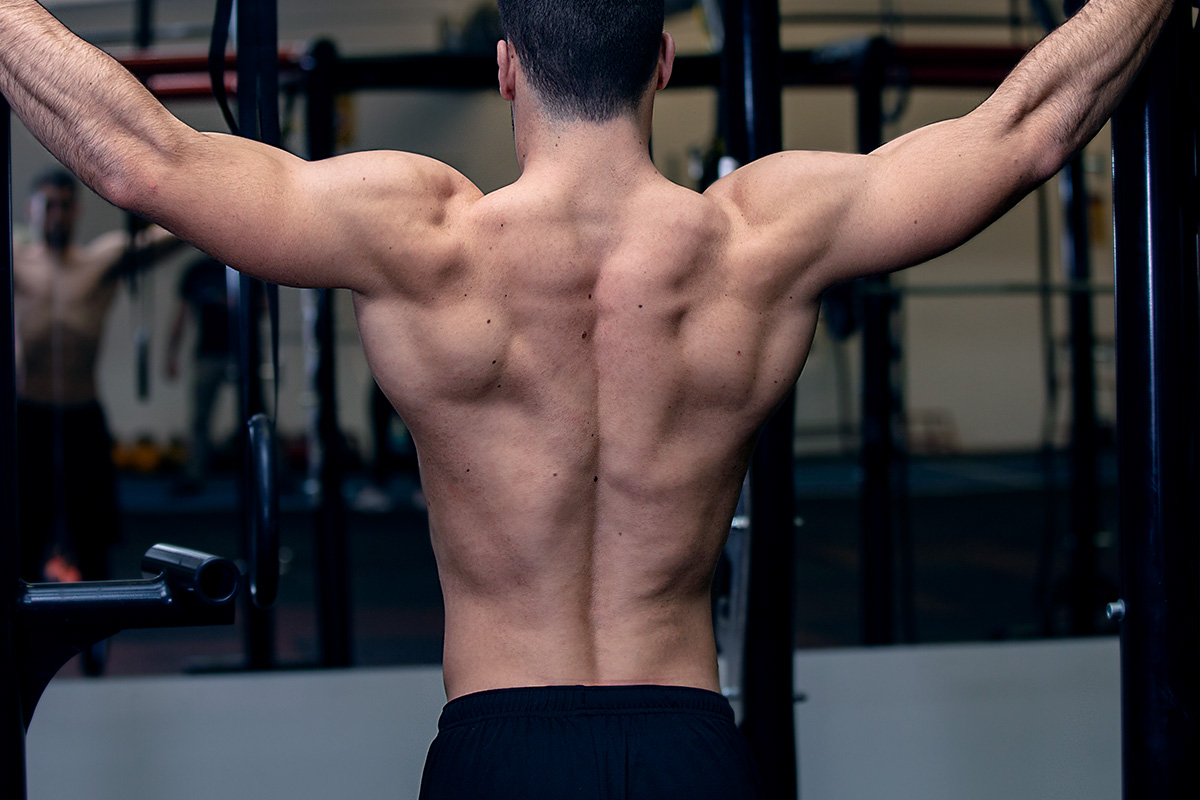
Regularly exercising the back muscles is crucial for maintaining a strong and healthy back. Here are some effective exercises that target different muscle groups:
Bodyweight Exercises
- Pull-ups:A compound exercise that targets the latissimus dorsi, trapezius, and rhomboids.
- Chin-ups:A variation of the pull-up that emphasizes the biceps and brachioradialis.
- Inverted rows:A horizontal pulling exercise that strengthens the latissimus dorsi and rhomboids.
Free Weight Exercises
- Barbell rows:A fundamental exercise for building back mass and strength.
- Dumbbell rows:A variation of the barbell row that allows for greater range of motion.
- Deadlifts:A full-body exercise that primarily targets the erector spinae and hamstrings.
Machine Exercises
- Lat pulldowns:A seated exercise that isolates the latissimus dorsi.
- Seated rows:A compound exercise that targets the latissimus dorsi, rhomboids, and biceps.
- Back extensions:An exercise that strengthens the erector spinae and improves posture.
Proper Form and Technique, Back muscles
Maintaining proper form and technique is essential for maximizing the benefits of back exercises while minimizing the risk of injury. Focus on engaging the correct muscles, maintaining a neutral spine, and using a weight that challenges you without compromising form.
Common Back Muscle Injuries
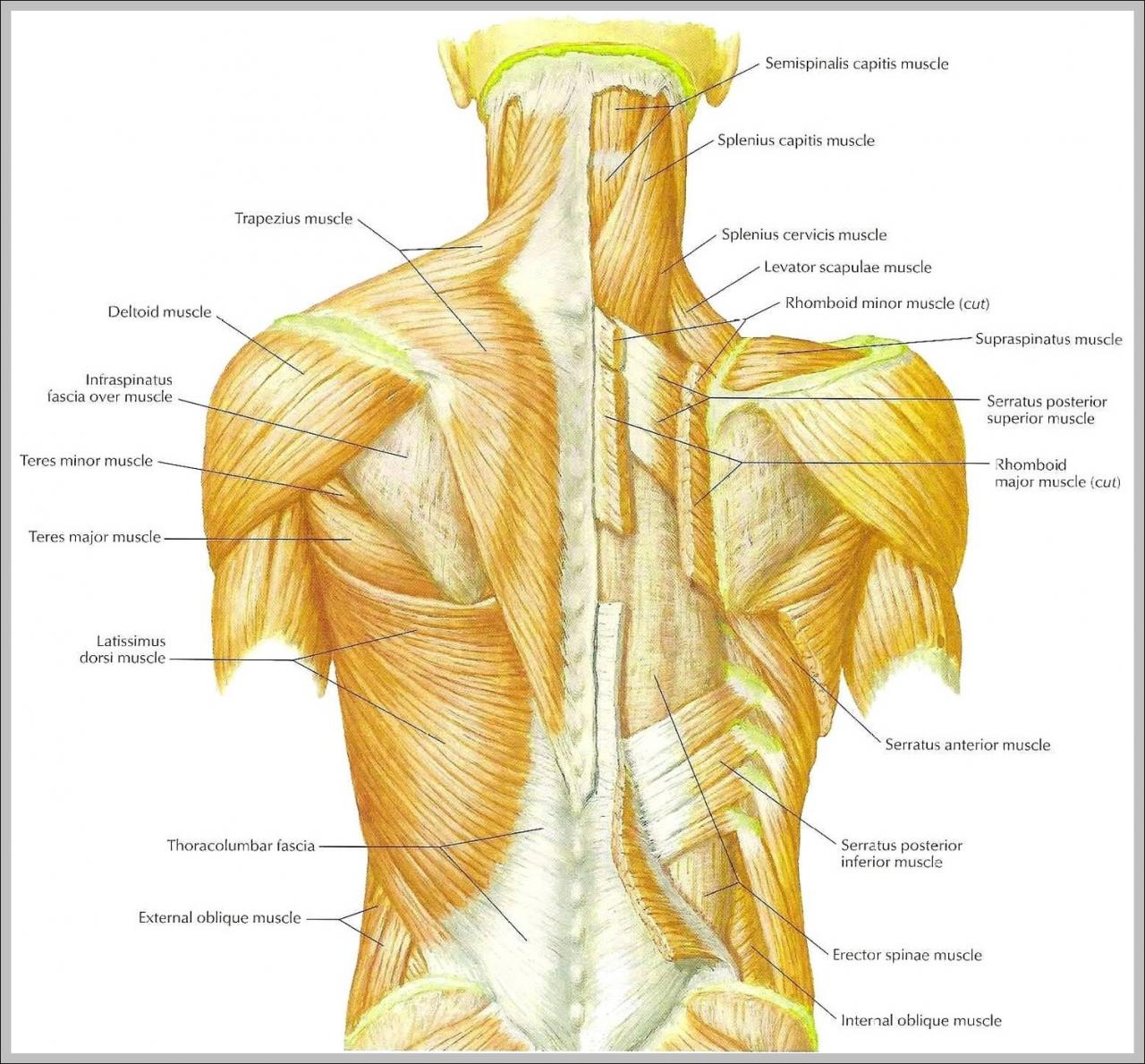
Back muscle injuries can result from various causes, including overuse, improper technique, and underlying medical conditions. Here are some common types of back muscle injuries:
Strains
Strains are tears or overstretching of the muscle fibers. They can range from mild to severe, depending on the extent of the tear.
Spasms
Spasms are involuntary contractions of the back muscles. They can be caused by muscle fatigue, dehydration, or underlying medical conditions.
Herniated Discs
Herniated discs occur when the soft, jelly-like center of an intervertebral disc pushes through the tough outer layer. This can irritate or compress nearby nerves, causing pain and other symptoms.
Treatment Options
Treatment for back muscle injuries depends on the severity and underlying cause. Options may include rest, ice, heat, physical therapy, and medication. In severe cases, surgery may be necessary.
Prevention
Preventing back muscle injuries involves practicing proper exercise techniques, maintaining good posture, and strengthening the back muscles through regular exercise. Warming up before activities and stretching regularly can also help reduce the risk of injury.
End of Discussion
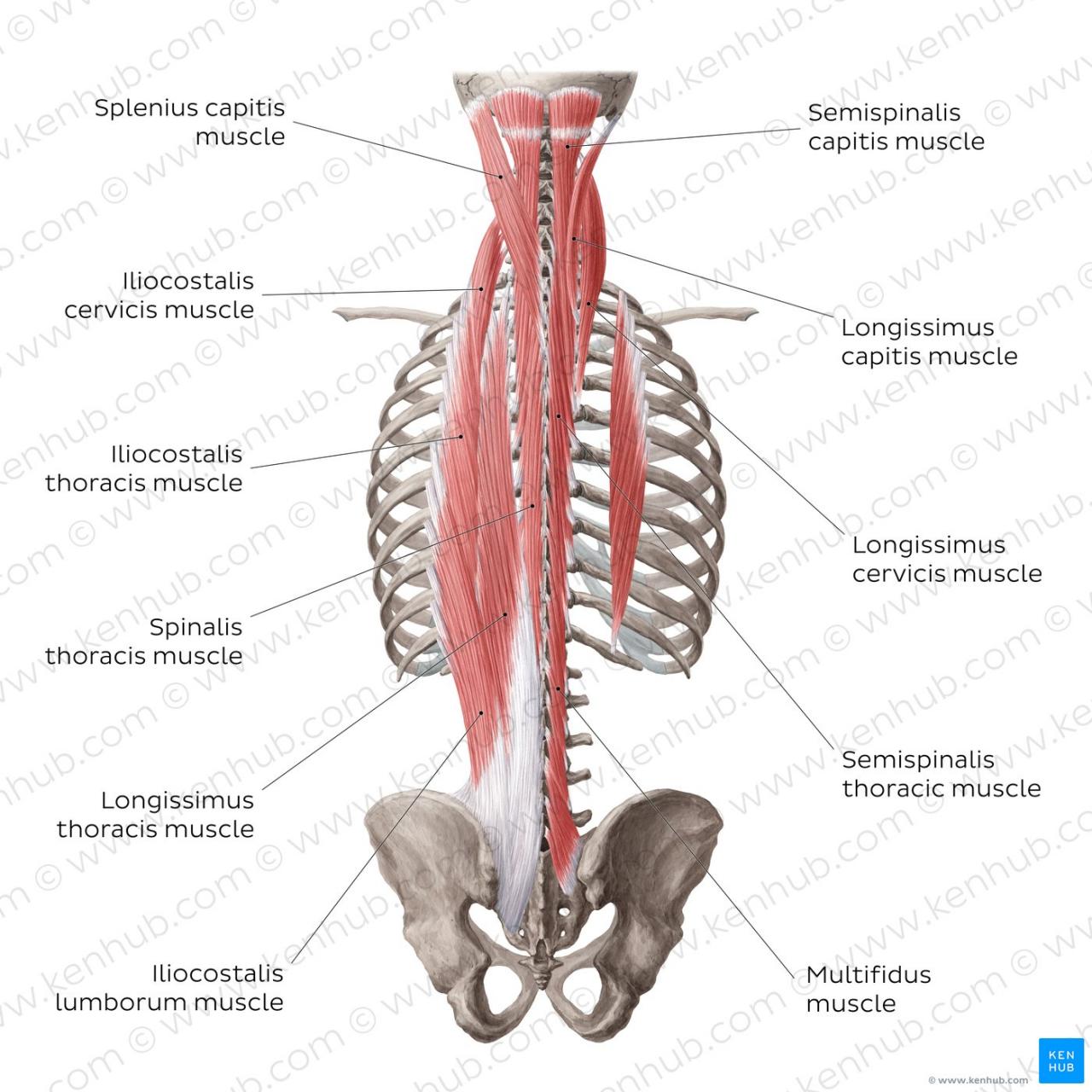
In conclusion, understanding and nurturing your back muscles is paramount for overall health and well-being. By incorporating the insights and techniques Artikeld in this guide, you can unlock the full potential of your back, enhancing your strength, posture, and resilience.
In a heartwarming gesture, a daughter shared happy mothers day wishes mom to express her gratitude. Another woman celebrated her sister’s motherhood with the message happy mother’s day sis .
Question & Answer Hub: Back Muscles
What are the major muscle groups of the back?
The major muscle groups of the back include the trapezius, latissimus dorsi, rhomboids, erector spinae, and quadratus lumborum.
How can I strengthen my back muscles?
Effective back-strengthening exercises include pull-ups, rows, deadlifts, and back extensions.
In a touching tribute, a woman expressed her love for her sister on Mother’s Day, writing happy mother’s day sis . Meanwhile, health experts have released new information on the importance of strengthening back muscles .
What are common back muscle injuries?
Common back muscle injuries include strains, sprains, and herniated discs.
How can I prevent back muscle injuries?
To prevent back muscle injuries, maintain good posture, use proper lifting techniques, and warm up before exercising.
What is the role of back muscles in posture?
Strong back muscles support good posture by stabilizing the spine and pelvis.




